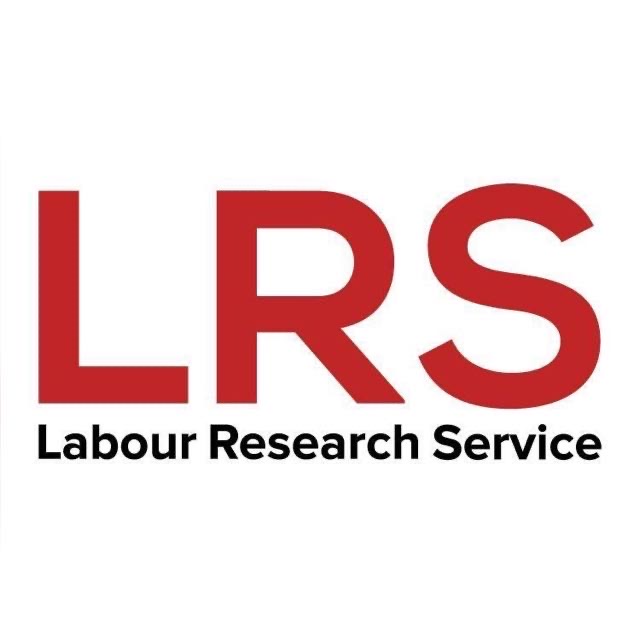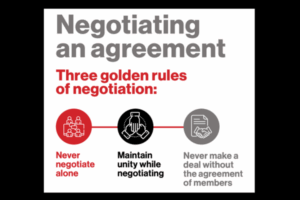What matters can be raised in collective bargaining?
Many issues can be raised in collective bargaining. These include; wages, hours of work, health and safety, facilities for the union, public holidays, shifts, maternity, bonuses, leave, shop steward facilities, provident fund, overtime pay, training, job security, non-discrimination and affirmative action. The management can arbitrarily introduce issues in the workplace and in bargaining processes. The issues can range from worker participation schemes, productivity schemes to flexible work and contracting. Shop stewards ensure the voice of workers in critical decisions by the company management.
Where can we bargain?
This article focuses on bargaining at the workplace level.
Workplace level bargaining happens when workers and the management at one factory or workplace get together to discuss issues of common interest. They can negotiate wages and working conditions.
How to prepare for meetings and negotiations with the management
How to handle meetings/negotiations with the employer
- Make clear demands and don’t complain.
- Give clear motivations. There must be reasons and facts to back up the demands.
- Stick to the point. Don’t let the management take you off the point.
- Don’t disagree in front of management. Call for a caucus if there’s any unclear issue or division in your team.
- Have your own record of the meeting. Be alert if management is taking the official minutes. Take copious notes.
- Remind management that you are representing workers and you can’t take decisions without instructions. Ensure management has given a clear answer to workers.
How to report back to workers
- Plan the report with your team.
- Identify the main points from the meeting and write them down.
- Make sure you are clear about what management’s answer or proposal is.
- Put the points in order. Don’t jump around from one unconnected point to another.
- Think about what questions workers might ask you and prepare the answers.
- Prepare some suggestions for the next step.
4 tips for conducting a successful meeting
- Ensure everyone has a chance to speak. Don’t always leave it to the chairperson.
- Look at workers to ensure they are following and understanding the discussions
- Allow questions but control the meeting
- Steer the meeting to a conclusion.
Negotiating wages and working conditions
Planning
- What are the workers’ expectations?
- What is the company likely to pay?
- Should our main demands be wages or should we look at other benefits also?
- If a dispute seems likely, what ways are we going to use to settle it?
- Who should sit on the negotiating team?
- What information do you need from the company?
Getting a mandate
Preparing the proposal
- Consumer Price Index (CPI)
- Standard of living of workers and their situation
- Differentials – Grades; merit systems; women workers’ wages; rates for the different jobs.
- Allowances and benefits – shifts; service; attendance; bonuses; housing; food or living out expenses; overtime
- Percentage increase or money increase
- Number of employees at each rate of pay in each grade
- Company information, e.g. type of company and financial situation.
The negotiating committee can then meet with the company. The meeting(s) can have several outcomes, but remember:
- The negotiating committee never accepts the offer unless members can accept it
- The negotiating committee may agree to support or recommend a proposal when it reports back to the membership
- It may agree to report back the company’s proposal
- It may agree to report back but recommend that the company offer be refused
- It may be agreed that another meeting will be held soon and then after that there will be a report back
- If after many meetings there is no agreement then the negotiating committee may declare a dispute.
Report back
Agreement
READ:
- Winning strikes – A guide to strike action
- LRS Wage Calculator – Know how much a percentage increase is an amount of money. Understand the effect of inflation on the wage increase.







